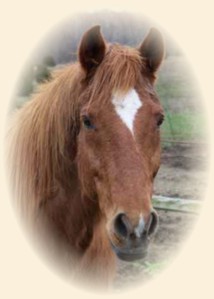Equestrian Knowledge

Many people are content if they can get a horse to move, turn, and stop. Others want more. Some regard the horse as a device to pull a wagon or work cattle. For others, the horse is a tool in achieving victory over competitors in contests of skill and agility. For a few, the horse is a living partner in the achievement of a work of art. This art may take the form of high–level dressage or cutting cattle.
Whether artist, craftsman, or hobbyist, one must study his area of interest in order to improve his skills.
The horse may be thought of as an instrument developed and honed by the rider for use in producing art. But to the true equestrian artist, his horse is more than this. Such a rider does not think of his horse as an instrument but, rather, as a partner in this work of art. As a true partner, the rider tries to help his horse develop to the best of his ability. At the same time, the rider must strive to hone his own skills in order to maintain his part in the partnership.
Some riders think they can perform well if they simply purchase a horse that has been trained to high levels by a competent trainer. This is like a musician who thinks that purchasing a well–crafted instrument will make him an accomplished performer. But just as a musician must know how to play his instrument and must practice to develop his skill, so a rider must both study his craft and work to develop his skill.
A better analogy is that of dancing partners. Both partners must have studied and practiced their craft — perhaps individually but certainly as a couple — if they hope to achieve a high level of performance. The rider, as the lead partner in the dance, must assume the responsibility of putting forth even greater effort than his partner. The lead partner's responsibility is to compose the work, prepare a program of development for both himself and his partner, and gently guide — not force — his partner during the performance.
True art can neither be mechanically produced nor forced. While it takes great discipline to develop the necessary skills, the performance itself must flow from the performer's inmost being. One's skills must take the form of natural expression appearing as if done almost without effort.
While few people ever achieve the level of performance where they are clearly recognized as artists, this does not mean one should not try.
If you really want to learn to ride and train a horse well, read!